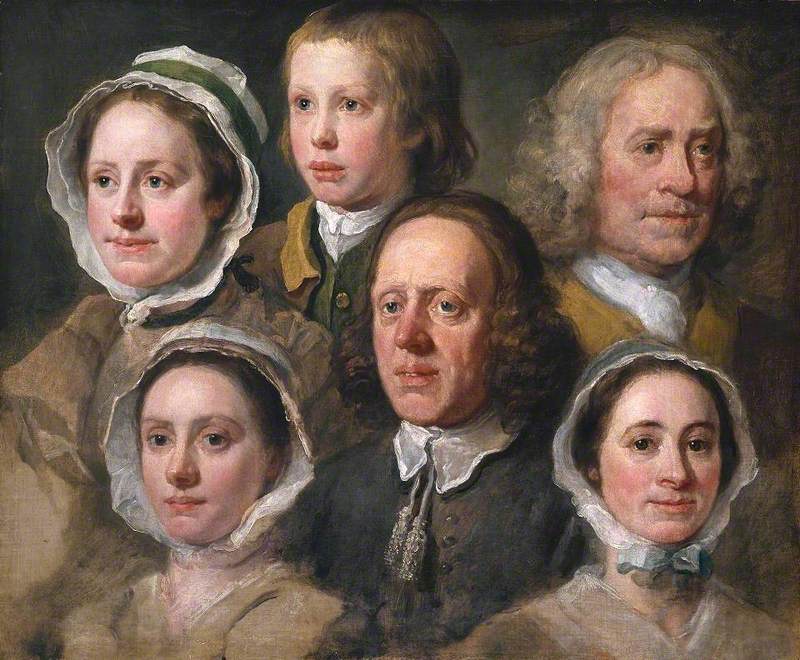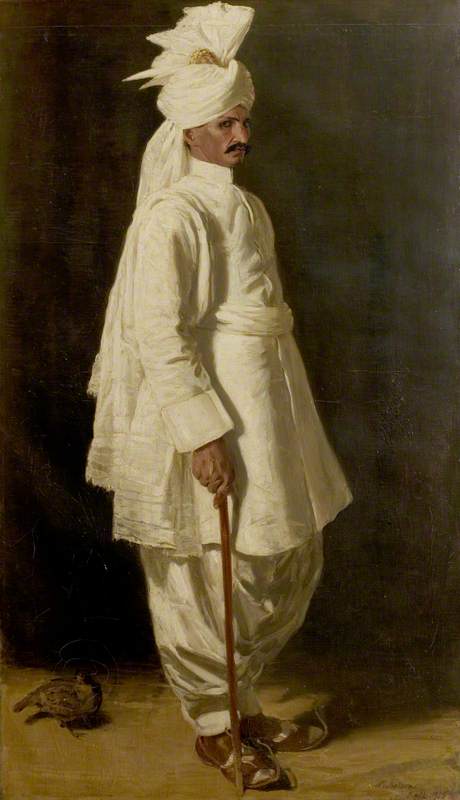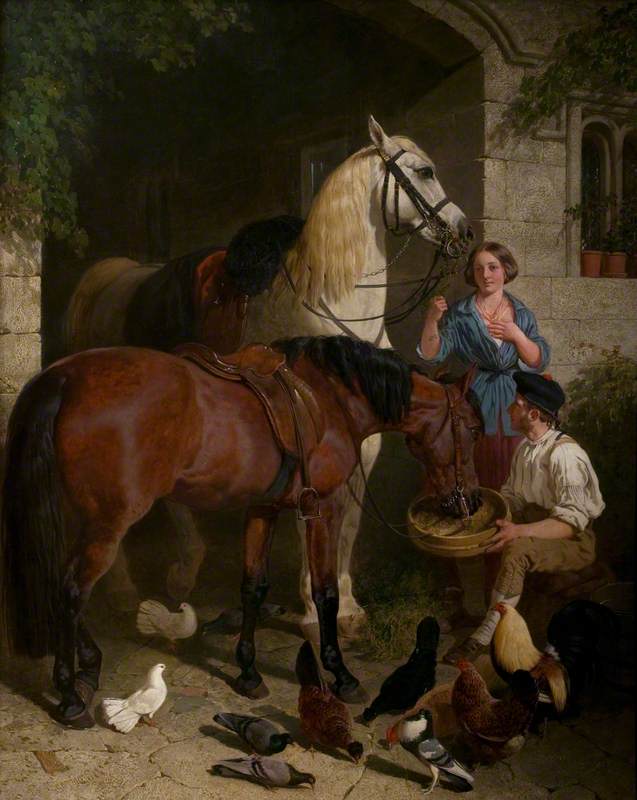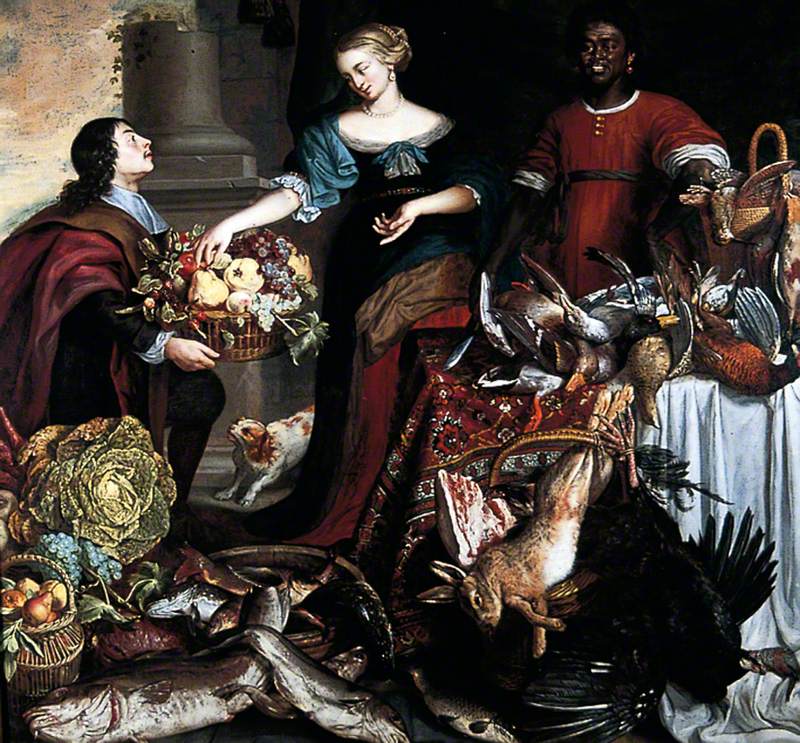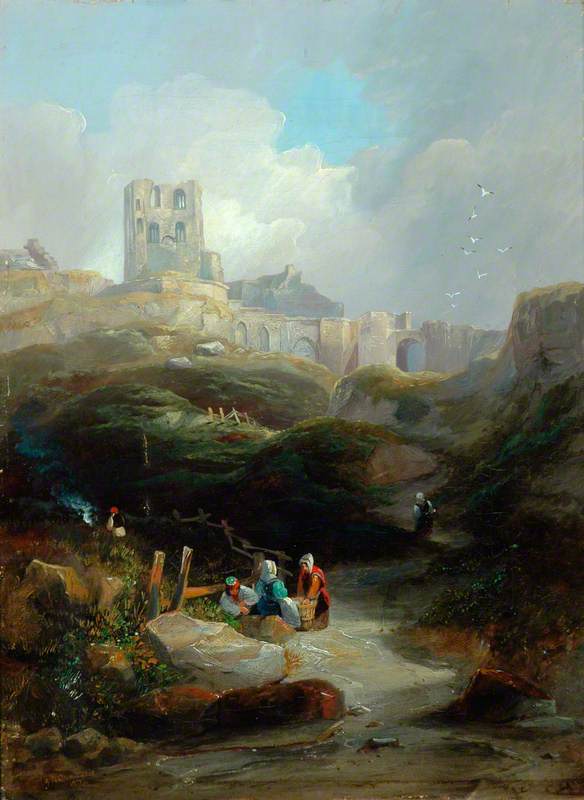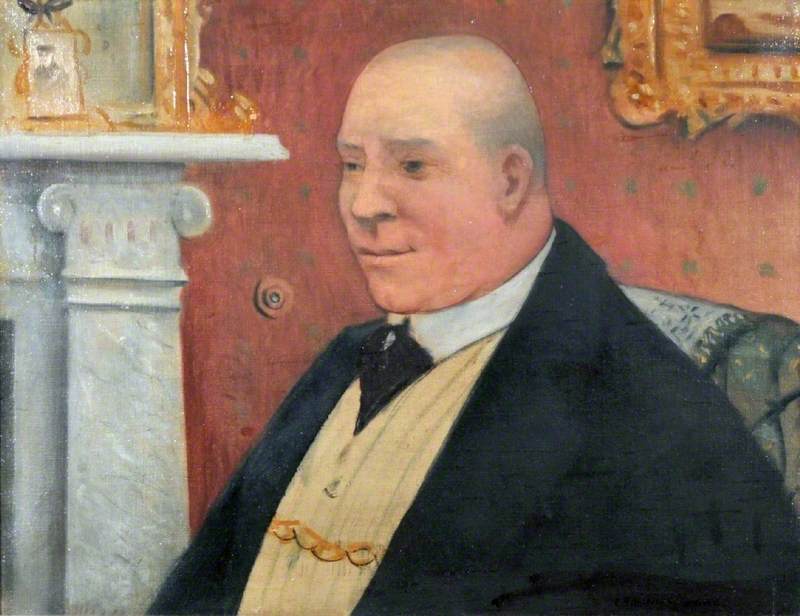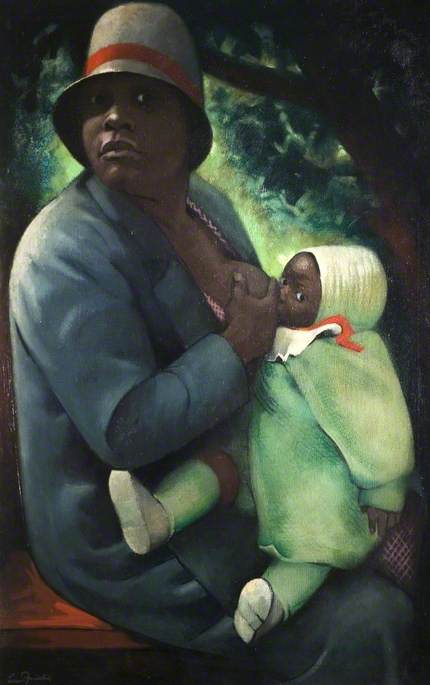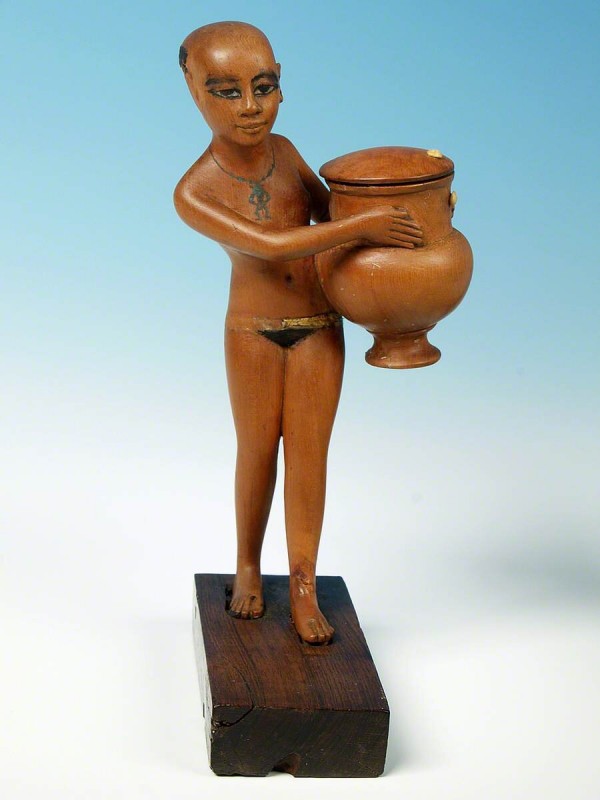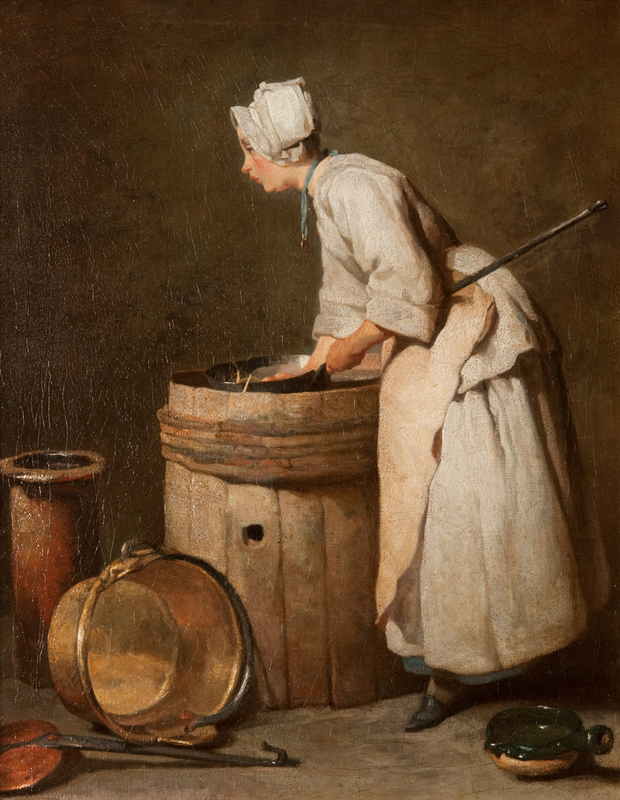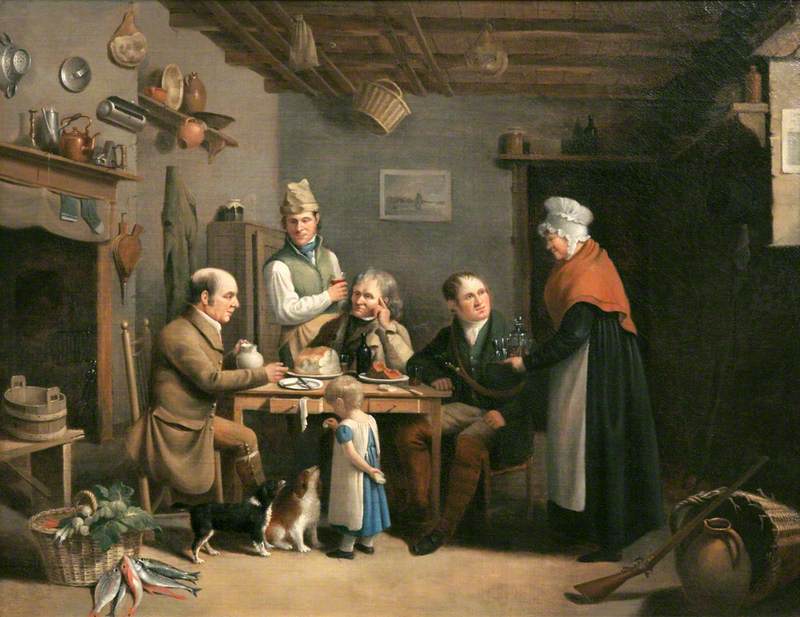
Domestic servants were part of most extended households until social changes following the First World War, and servants’ relationships with their employers varied greatly. Many family portraits include servants, which may suggest a better-than-average relationship (children in particular often saw more of their nursemaid and nanny than of their parents). But servants were also status symbols, perhaps finely dressed in livery, and may be anonymous appendages to the main subject. An exception is the famous set of servant portraits commissioned by the Yorke family at Erdigg from the 1790s.
Servants can also be found as cooks and maids in the backgrounds of many historical, mythological and religious paintings, as grooms in horse portraits and gardeners in house portraits.
